
I attended both Friday’s and Saturday’s performances. During the latter concert, Music Director Andris Nelsons had to withdraw due to illness following the overture but was heroically replaced by assistant conductor Samy Rachid. (Nelsons has recovered, per the BSO, and is scheduled to perform in this week’s performances.)
Short and lively, Mozart’s overture to his 1782 opera The Abduction from the Seraglio worked well as a concert opener. The necessary playfulness was not completely evident at the start, but the BSO strings found more of it when the opening material returned following oboist Keisuke Wakao’s mournful solo.
Mozart wrote his Symphony No. 36 in C major, “Linz,” one year after The Abduction. The piece contains references to Haydn’s symphonic form and follows the conventions of the Classical style. Like the BSO’s interpretation of Mozart’s Symphony No. 39 with Xian Zhang a few weeks earlier, the orchestra was unapologetic in its more Romantic tone, as if anticipating the early Beethoven symphonies. (They will tackle those with Nelsons in January.) With its repeated use of sonata form, the Linz Symphony can occasionally feel weighed down by its frequent repetitions. Yet Nelsons sought to bring out a more serious and introspective mood, particularly in the second movement Andante, while the final movement Presto contains a similar spiritedness to the opera overture. Rachid, by contrast, took an overall lighter and swifter approach to the symphony. Instead of emphasizing the third movement minuet’s punchiness like Nelsons’s stomping on downbeat, Rachid’s gestures floated with the dance rhythms and subdued the trio’s dynamics to a delicate, hushed piano.
Co-commissioned by the BSO, Puts’s The Brightness of Light received its Symphony Hall premiere after its inaugural performance at Tanglewood in 2019. The work is part song cycle, part operatic with a narrative based on the correspondence of artist Georgia O’Keeffe and her husband, photographer Alfred Stieglitz. With Copland-like fanfares, soaring string melodies like John Williams, and repetitive textures, Puts’s musical style somewhat resembles the later works of John Adams and other post-minimalists. The 45-minute work was accompanied by Wendall Harrington’s video projections of O’Keeffe and Steiglitz’s works, documentary footage, and images of the letters themselves.
Louder moments for the brass, percussion, or piccolo sometimes covered the singers. Nelsons, who premiered the work, foregrounded the variety of orchestral colors within Puts’s multi-movement work. Some of these balance issues remained on Saturday, but Samy Rachid did an admirable job in keeping the orchestra and singers together on such short notice. Following an impressive BSO subscription debut last month with Saint-Saens’s Symphony No.3, Rachid is a conductor to watch out for.
Renée Fleming and Rod Gilfry sang the roles of O’Keeffe and Stieglitz, respectively, having also premiered the work with Nelsons and the BSO. Dramaturgically, the two characters standing on either side of the conductor’s podium seemed to challenge the musical intimacy of their “First Correspondence” in which O’Keeffe and Stieglitz grow closer. Yet, conversely, this physical distance reflected the epistolary nature of the texts and ultimate drift in their relationship, particularly when O’Keeffe moves away from Stieglitz to New Mexico.
Gilfry’s powerful voice suited his quasi-tragic role. While his vocal line strained at moments, suggesting Steiglitz’s compassion for O’Keefe’s “living, aching silence,” Gilfry’s darker lower register imbued a sense regret as Steiglitz reminisces about his past later in the work.
Fleming’s part shone brightest in the opening and closing sections. Her voice soared as O’Keeffe praises the “holiness” of the sunset, matched by the orchestra’s placid scalar patterns depicting the ocean-like “flat prairie land” and chimes interjecting with “flashes of lightning.” Fleming sang O’Keefe’s final lines, “it is absurd the way I love this country,” with thoughtfulness, demonstrating a genuine connection to the artist’s sentiments.
Georgia O’Keeffe’s work has had renewed attention in Boston; the concerts coincided with an excellent exhibit at the Museum of Fine Arts juxtaposing her work with the British sculptor Henry Moore. The curator’s emphasis on Moore and O’Keeffe’s shared fascination with organic shapes and forms heightened the feeling that Puts’s piece misses an opportunity in not engaging with this central facet of O’Keeffe’s work. Harrington’s onstage projections showcase mesmerizing works like “Deer’s Skull with Pedernal” and “Pelvis IV” (both on display at the MFA) ,which both have striking compositions and perspectives as dual landscapes/anatomical studies — could O’Keeffe’s signature vision of nature translate to Puts’s orchestration?
The Brightness of Light contains several instances of word painting and narrative impulse in the orchestra part, such as concertmaster Nathan Cole’s memorable scordatura to portray O’Keeffe’s amateur passion for violin which elicited chuckles from the audience. Another poignant moment was in the movement “Friends,” depicting O’Keeffe’s solitary life in New Mexico after Stieglitz’s death, in which Cole’s violin and a pair of clarinets echo Fleming’s words, then are joined by the bassoon and harp as O’Keeffe reflects on her life and how her friends have come and gone. Yet, overall, Puts’s music and the documentary-style projections could have engaged more with the artist’s own innovative compositions in form while she worked at Ghost Ranch to strengthen moments of narrative and musical cohesion from section to section.
Fleming and Gilfry will perform The Brightness of Light work next March with the New York Philharmonic (on a program with Ravel’s Daphnis et Chloe, perhaps a more obvious choice than Mozart’s symphony for exploring color and shape in music). The Boston Symphony’s promotion of newer music like Puts’s work is encouraging, though. Further longer-length commissions would be welcome.
Photos: Hilary Scott


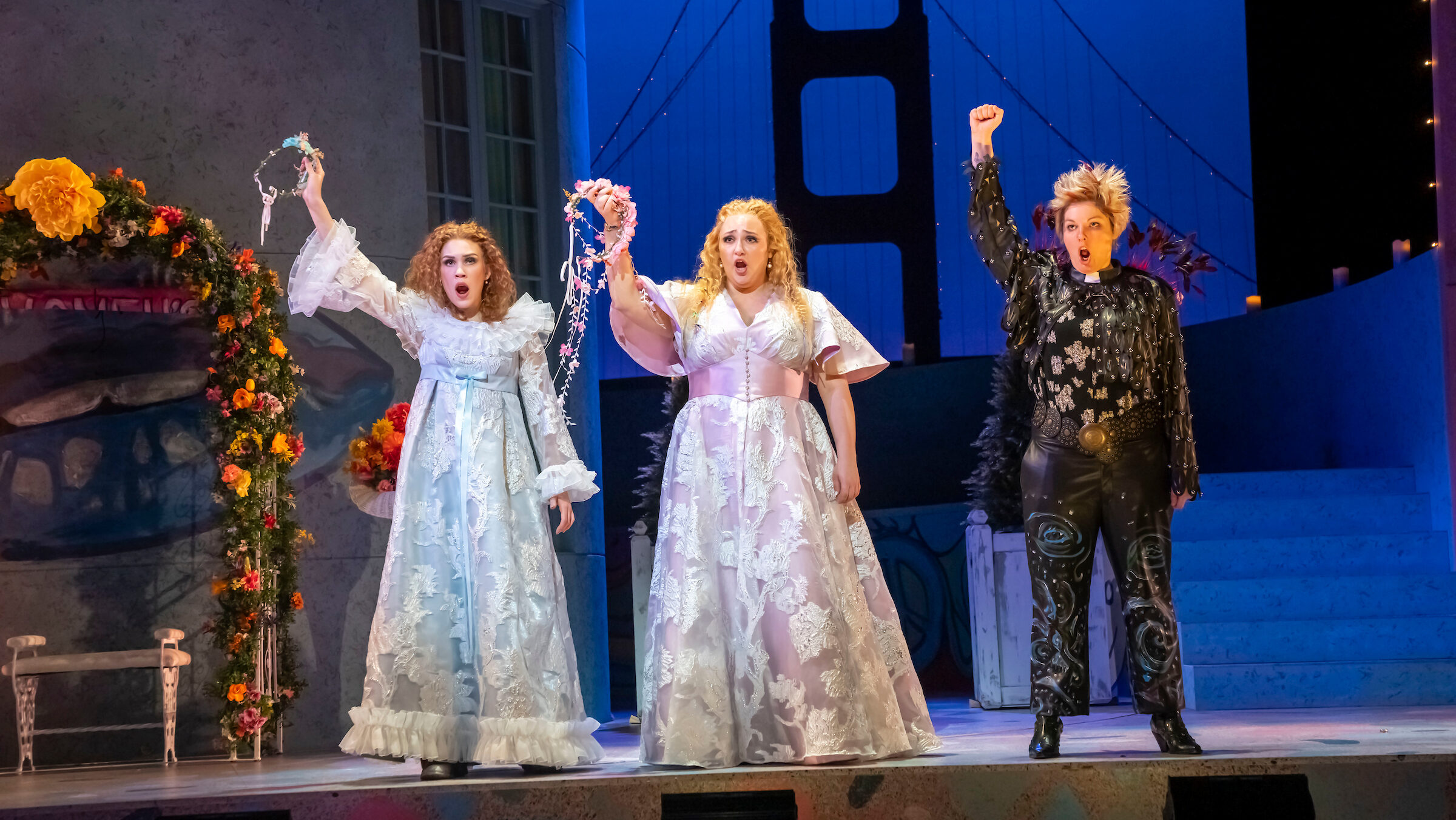











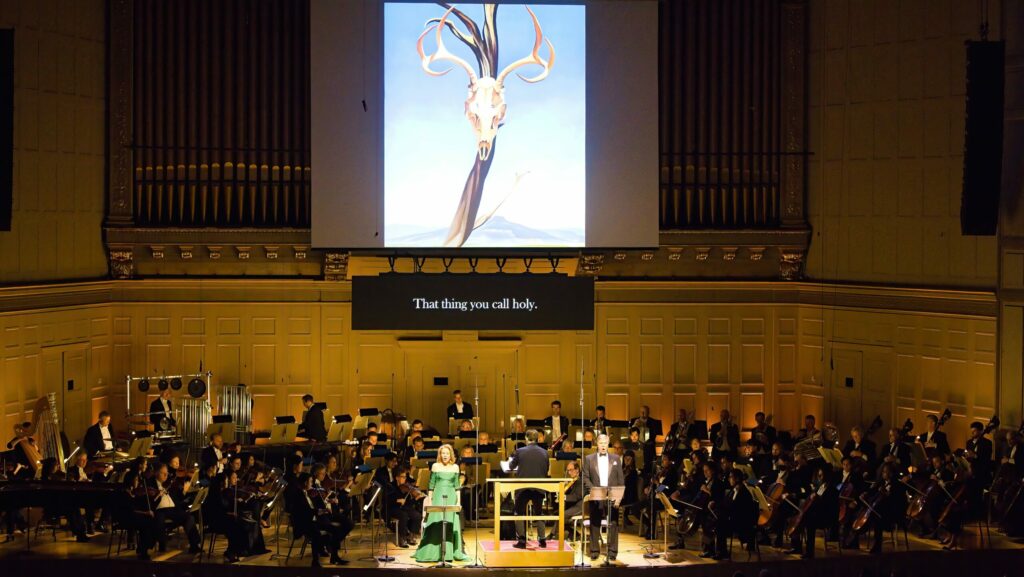
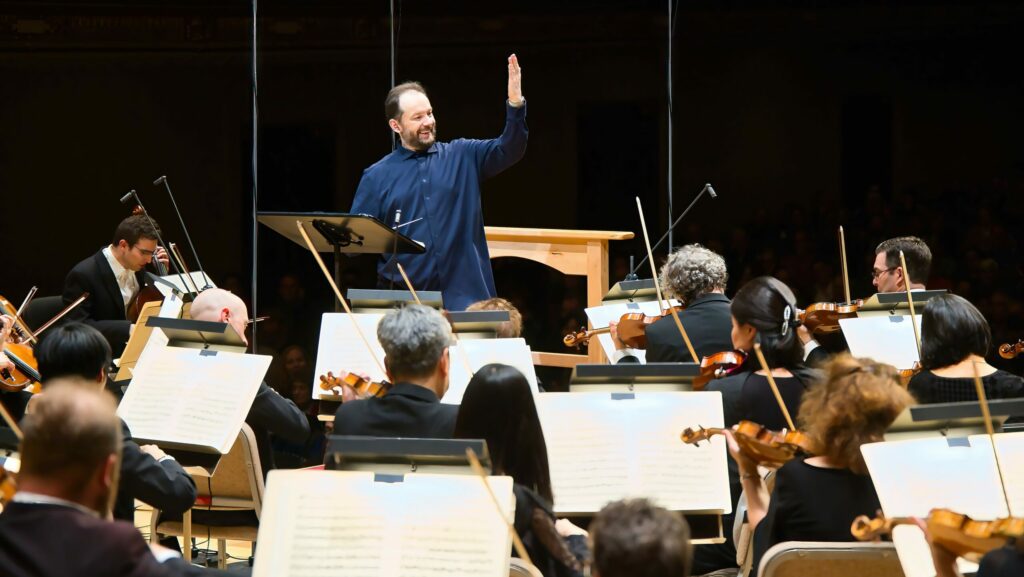

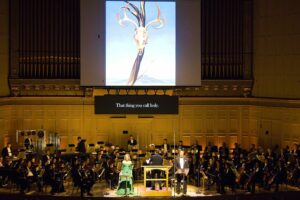

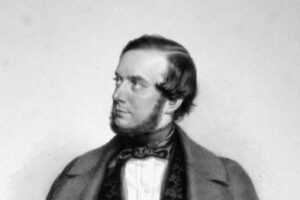
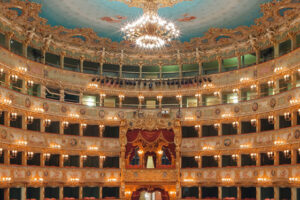

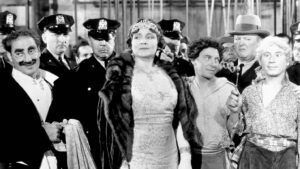





Comments